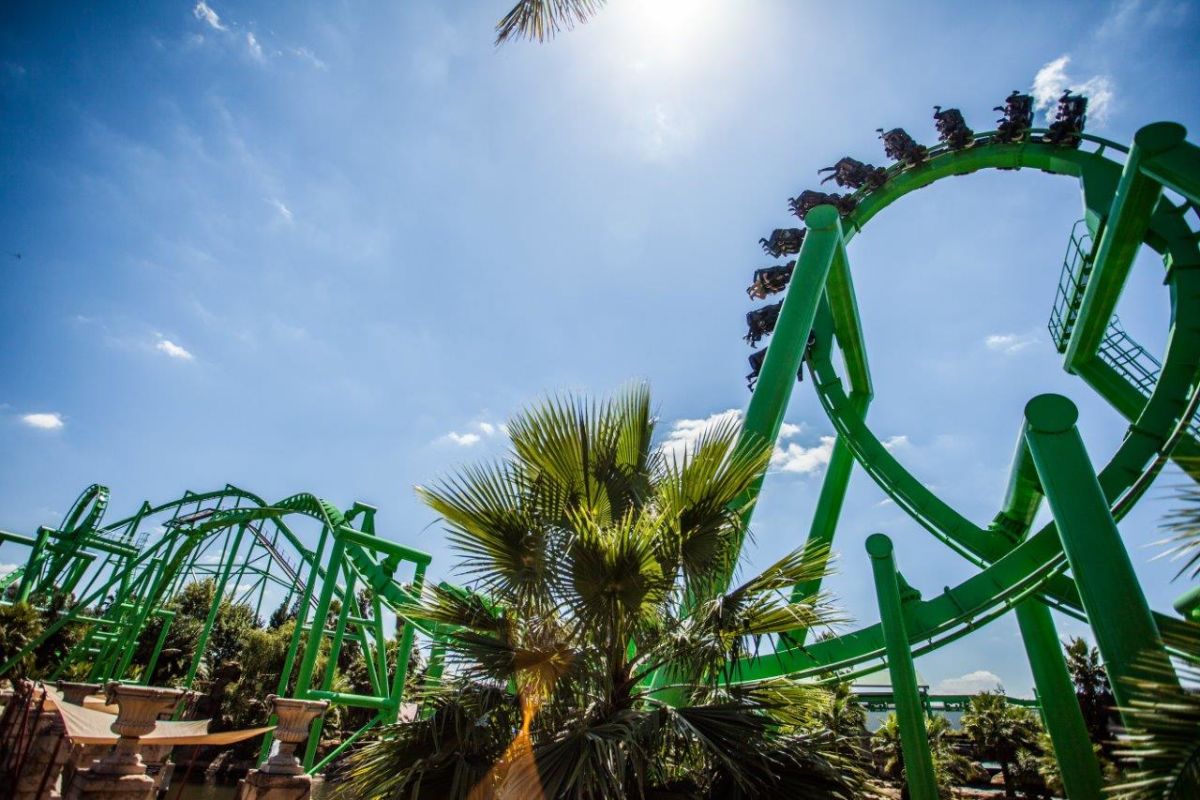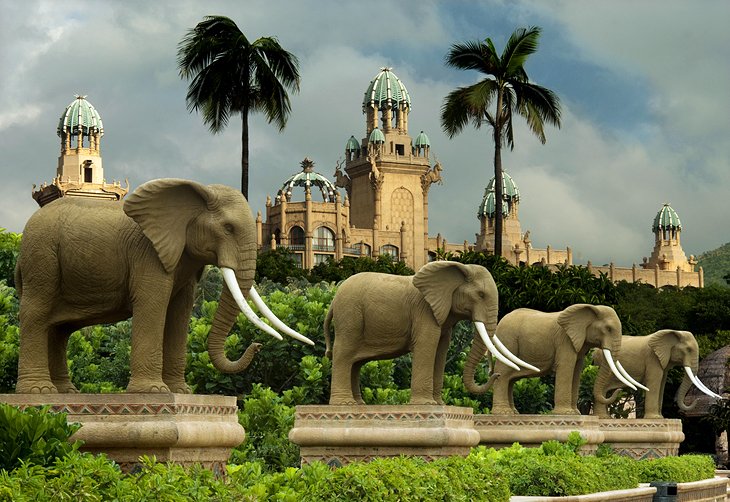6 Easy Facts About Johannesburg North Attractions Shown
6 Easy Facts About Johannesburg North Attractions Shown
Blog Article
Johannesburg North Attractions for Dummies
Table of ContentsJohannesburg North Attractions for BeginnersGetting My Johannesburg North Attractions To WorkFacts About Johannesburg North Attractions UncoveredUnknown Facts About Johannesburg North AttractionsThe 15-Second Trick For Johannesburg North AttractionsThe Basic Principles Of Johannesburg North Attractions
The city grew on the side of the Witwatersrand Main Coral reef, a below ground stratum of gold-bearing quartz-silica corporation that arcs for hundreds of miles beneath the Highveld - Johannesburg North attractions. Many of the gold mines in the city stopped operation in the 1970s, yet in its day the Witwatersrand gold market accounted for even more than 40 percent of the world's annual gold production.Johannesburg has a pleasant environment. Summertime temperature levels average about 75 F (24 C); winter temperature levels average concerning 55 F (13 C) and only periodically dip below cold. The city appreciates regarding eight hours of sunshine per day in both wintertime and summertime. Rainfall standards about 28 inches (700 millimetres) per year, but the complete differs significantly from year to year.
What rainfall the city obtains falls virtually solely in the summer season, usually in amazing late-afternoon electrical storms. Air pollution postures a significant issue, specifically in the winter season, when thermal inversions hamper the westward circulation of air from the Indian Ocean. Contamination is most serious in the largely worked out Black territories on the city's periphery, where numerous homeowners still depend on coal for gas.

Things about Johannesburg North Attractions
The equilibrium of the city is occupied by whites. Accommodation varies in character and top quality.
Physical development, although somewhat limited by transportation, continued swiftly as migration to South Africa, and Johannesburg particularly, enhanced dramatically. This issue was solved in the 1930s when the auto was presented in automation to South Africa. Autos were, essentially, restricted to the affluent, and allowed them to relocate to the north of the city and commute right into the centre.
Most inadequate residential areas were blended, with bad blacks and whites cohabiting, although the well-off residential areas were normally reserved for whites. This changed with the political election of the National Celebration in the 1948 elections, that began to formalise the system referred to as discrimination. Apartheid officially assigned which suburbs each race can reside in under the Team Locations Act.
The previous system of eleven phoned number regions was reorganised in 2006. Marshalltown, as seen from the top of the Carlton Centre. The M1 and M2 run behind the structures, and the southern residential areas prolong past the highway boundary. The inner city of Johannesburg is located within the city's Area F. The estimated population of the region is 200,000, [] The number of individuals living in the inner city on an informal basis is unidentified, as many are unlawful immigrants. The majority of higher-income citizens and official site white individuals have relocated to the northern suburbs and have actually been replaced by lower-income black individuals. The unemployment, education, and age accounts of the area are all unidentified, as a result of the problem of obtaining trusted information regarding the location.
The Single Strategy To Use For Johannesburg North Attractions
Yeoville and Bellevue have a mix of apartment and solitary domestic units on tiny whole lots. The region is located on a hilly divide that ranges from east to west. The most obvious geographic function is Observatory Ridge, which is named for the large observatory situated on it. The leisure spaces are no more used, as a result of protection issues.

Johannesburg Stadium, a training school for both the Golden Lions and Orlando Pirates, is surrounding. The eastern residential areas of Johannesburg lie in the city's 7th [] and 9th [] regions. The location is likewise functionally incorporated with East Rand boundary communities beyond the main border of Johannesburg, such as Bedfordview and Edenvale (both component of Ekurhuleni Metropolitan District).
Getting The Johannesburg North Attractions To Work
R. Tambo International Flight Terminal). The eastern suburbs are some of the oldest locations of Johannesburg, there are big neighborhoods of Jewish and various other European histories, most of the population is English speaking. There are 3 golf links in addition to a variety of safeguarded ridges with viewsites. There are a number of well-developed and up-market amusement and purchasing areas in the eastern such as the Eastgate Shopping Center and the Greenstone mall.
The area is primarily composed of old "matchbox" residences, or four-room homes built by the federal government, that were built to give economical lodging for black workers during racism. Soweto is an abbreviation, standing for "South Western Townships". Road after road in this area is lined with matchboxes; nonetheless, there are a few smaller sized areas where flourishing Sowetans have constructed houses that are extra similar in stature with those in more wealthy suburban areas.
Hostels are another prominent physical attribute of Soweto. Originally constructed to house male migrant workers, several have actually been enhanced as houses for pairs and families. The N1 Western Bypass skirts the eastern limit straight from the source of Soweto. The residential area was not historically enabled to develop work centres within the area, so nearly all of its homeowners are commuters to other parts of the city.
Johannesburg North Attractions Things To Know Before You Get This
The N1 Western Bypass attaches the north suburban areas with the north-western suburban areas. The houses in the northern residential areas are mostly official, without any significant areas of casual real estate, or housing that does not have an irreversible structure. Although this is a well-known location, there is a trend of land usage modification from household to business, specifically along major arterial roads and around recognized nodes.
The location is well linked to roadway networks, especially along the north-south axis created by the M1 and N1. Roads to the east and west are much less well developed, as there are no highways taking a trip in that instructions. Towards the northern boundary of the city, the density of advancement decreases, leaving big locations of undeveloped land around Midrand.
The Only Guide to Johannesburg North Attractions
, which is located on a hill neglecting the internal city and Hillbrow.
Report this page